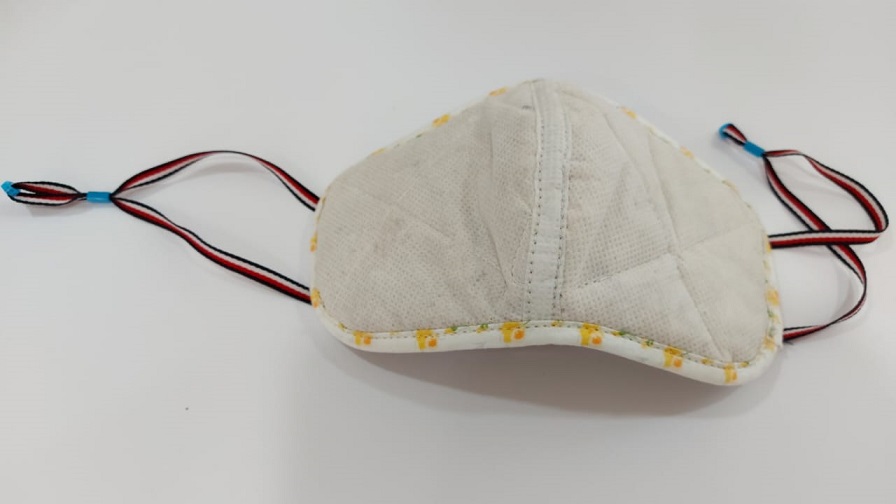Ag Commodities Take a Hit, Cotton Keeps on Ticking
A mighty sledgehammer came down and struck the agricultural markets this week.
Cotton, losing nearly 400 points at one time, performed significantly better than the oilseed and grain markets. Cotton reclaimed much of its loss by week’s end as the new crop December contract returned to mid-85 cent level. Thus, the technical objective of an 88-93 cent trading range is back in vogue.
Market fundamentals continue very strong and favor higher prices as export sales and shipments continue to outpace USDA estimates. Production prospects remain very challenging, not only in the U.S. but also in the major producing and consuming countries. Further, USDA’S June 30 Plantings Intentions report is expected to show U.S. cotton plantings near 11.4 million acres compared to 12.1 million acres planted in 2020 – or down 3.7% from 2020.
It is estimated that rising competitive crop prices in March, April and May caused growers to make a late shift of 250,000 acres out of cotton and into grains/oilseeds. Another 250,000 acres were lost to prevented plantings due to the drought in Texas and to flooding in the Mid-South. Currently some 13% of the 2021 U.S. crop is in a drought stressed area. Most of this is in Texas and Oklahoma with the remaining area in North and South Carolina.
As stated, the plantings report will be released June 30 but will be based on information and conditions as of June 1.
Cotton and other commodities were caught up in the inflation discussion this week as the FED did make major policy statements with respect to inflation. However, once the dust settled, the market understood what we stated last week. That is, major inflation concerns are with us but are only on the horizon according to the FED. The FED projects the problem will begin in 2023. Thus, as stated last week, inflation is not a current issue for commodity markets other than that commodity markets sometimes trade in sympathy with the equity market – which was the case this week.
Cotton sales and shipments had another strong week with Pakistan, China and Vietnam as the primary buyers. Cancellations remained near nil. Net sales totaled 113,300 bales of upland and 2,300 bales of Pima – a marketing year low. Shipments were impressive: 303,800 bales of upland and 12,000 bales of Pima.
Merchants continue very vigorous bidding for the very limited supplies of cotton available to the export market. Just seven weeks remain in the marketing year. Some 16.8 million bales have been sold to the export market and 13.8 running bales (14.5 million statistical bales) have been shipped. Thus, USDA’s export estimate of 14.8 million bales may well be low, lowering carryover to possibly 2.5 million bales – a very bullish scenario.
Prices remain above all moving averages except the 10-day. The weekly settlement of 85.18 cents was above the 20-Day, 50-Day, 100-Day, 150-Day and 200-Day moving averages. Total on-call sales have become a bit of a feather in the bulls’ cap. On-call sales are the highest since December 2018 when they were 123,547 contracts. On-call sales this week were 117,280, up from the year ago level of 89,765 contracts. Thus, the volume of cotton for which the price must the fixed (buying of futures contracts) is rapidly growing each week.
Cotton prices seemingly should get a little giddy-up in their gait, but the market awaits USDA’s planting estimates as well as the crop’s response to the ongoing drought and recent floods. The August-September time frame appears to hold the very bullish prices. The 88-93 cent trading range is the next trading level with dollar cotton looking very bright.
Give a gift of cotton today.








